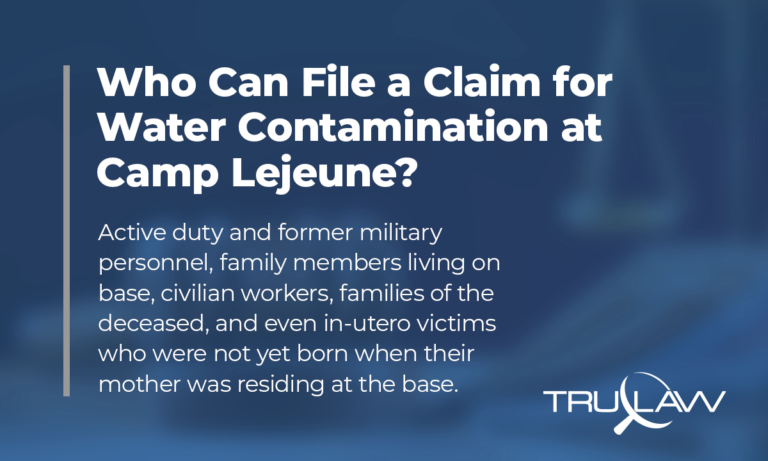One of the primary water contaminants at Camp Lejeune was a dry-cleaning solvent called tetrachloroethylene (PCE).
Other contaminants included trichloroethylene (TCE), vinyl chloride, and benzene.
A dry-cleaning company off base is responsible for the chemicals entering the water.
Those chemicals contaminated the Hadnot Point, Tarawa Terrace, and Holcomb Boulevard water systems.
ABC One-Hour Cleaners used improper waste disposal practices.
The waste leaked into the water supply on the base, releasing the chemical into groundwater and soil from the septic tank.
It also poisoned a water treatment plant serving a housing community with 6,200 residents.
In 2017, the dry-cleaning site was demolished, leaving only the foundation behind.
It is awaiting federal cleanup as an EPA Superfund Site.
The dry-cleaning business isn’t the only facility responsible for the contamination.
High levels of TCE were found in the Hadnot Point water system.
It served recreational areas, schools, barracks, and the hospital on base.
According to the U.S. Environmental Protection Agency (EPA), five parts per billion (ppb) is the acceptable level of TCE in drinking water.
Hadnot Point contained as much as 1,400 ppb of the contaminant.
The water treatment plant for the housing community contained up to 215 ppb of PCE.
A National Research Council report found multiple possible contamination sources, including industrial site spills and leaks from underground storage tanks.


